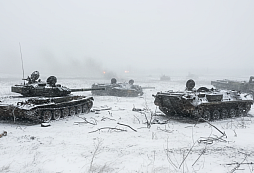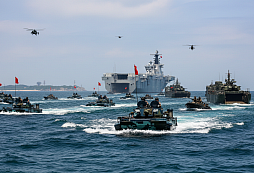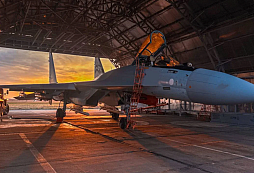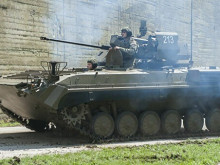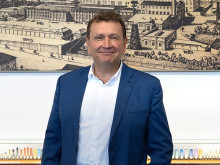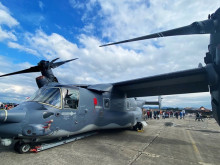Russia is mobilising. How many reservists can it call up?
The Russian army is carrying out a partial mobilisation from today (21 September 2022) on the orders of President Vladimir Putin. The reason, according to him, is the threat to the Russian Federation from the West.
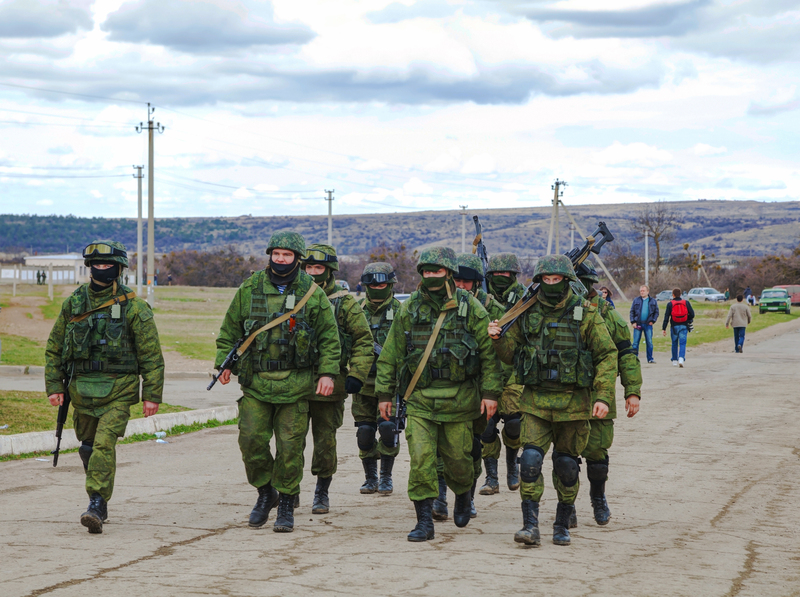 Picture: The Russian army is carrying out a partial mobilisation from today (21 September 2022) on the orders of President Vladimir Putin. The reason, according to him, is the threat to the Russian Federation from the West. (illustration photo) | Shutterstock
Picture: The Russian army is carrying out a partial mobilisation from today (21 September 2022) on the orders of President Vladimir Putin. The reason, according to him, is the threat to the Russian Federation from the West. (illustration photo) | Shutterstock
According to Czech Defence Minister Jana Černochová, this is a desperate move by Russian President Vladimir Putin to try to save the situation in light of the military successes of the Ukrainian army. Černochová said on her Twitter account, "Putin's speech is mainly an effort to maintain his position in the eyes of the Russians. This is also why he has once again picked up the nonsensical story of Western aggression, even though Russia is the only aggressor here. The international community has long known that Putin is already sending whoever is at hand to Ukraine." She added: "For us, this means only one thing: continue to support Kiev."
How many reserve troops can Russia deploy?
In the partial mobilisation, 300,000 reservists and specialists will be called up, Russian Defence Minister Sergei Shoigu said, adding: "We have huge mobilization resources of those who have served, have combat experience, military specialization. We have almost 25 million of them," the defence minister said, according to TASS news agency. At the same time, he said, the mobilization does not apply to students and conscripts.
The conscripted reservists are expected to replenish the losses of the Russian army, which has already lost 55,000 soldiers in the fighting in Ukraine, according to Kiev. Russia said today that the losses amount to only 5,900 soldiers. This is the first time since World War II that Moscow has committed to mobilisation, even if only partially.
Officers, non-commissioned officers and men up to the age of 60 will be called up gradually, primarily to protect the borders of the Russian Federation, but also the borders of the unrecognised Donetsk republics or other occupied territories where referendums on joining the Russian Federation are being prepared.
How much equipment can Russia provide to these soldiers?
The question is how much and what kind of equipment Russia can provide for the mobilised soldiers. It is estimated that before the war in Ukraine, the Russian army had around 2,800 tanks in active service and about 10,000 tanks were stored in reserve. In the case of armoured personnel carriers, 13,000 pieces of equipment should be in active service and another 8,500 pieces should be in storage.
The Russian army has already lost thousands of pieces of equipment in the fighting in Ukraine, including modern tanks and armoured personnel carriers. According to Kiev, the losses of Russian equipment to date are as follows: 2,227 tanks and 4,748 armoured personnel carriers. However, these figures cannot be verified in any way. However, in some sections of the front, it has recently been possible to observe the deployment of obsolete T-62 tanks, armoured personnel carriers and other equipment that was in very poor technical condition, which would only confirm the Russian army's problems in replenishing modern equipment for the frontline units.
Could the deployment of reserves change the course of the war?
Deploying more soldiers with combat experience or at least military training may be important for the Russian army, especially to maintain the current front line. Their deployment, however, will be subject to successful mobilization, unit formation, and training. A major impact on the situation on the battlefields is therefore not expected before a few weeks, and the consequences of the Russian mobilisation will thus only become apparent towards the end of this year or next spring. Should the mobilisation be successful and the troops be equipped with modern weapons, such reinforcements could threaten or at least complicate the Ukrainian army's objectives of fully liberating the occupied territories, including the Crimean peninsula.
In this context, it may be recalled that during the summer the 3rd Army Corps of the Russian army was formed to be the main support for the completion of the offensive in the Donetsk region by mid-September. However, part of it was destroyed during the Kharkiv counter-offensive and the modern equipment of this army corps, including T-80 and T-90 tanks and air defence systems, is now in service with the Ukrainian army.

















